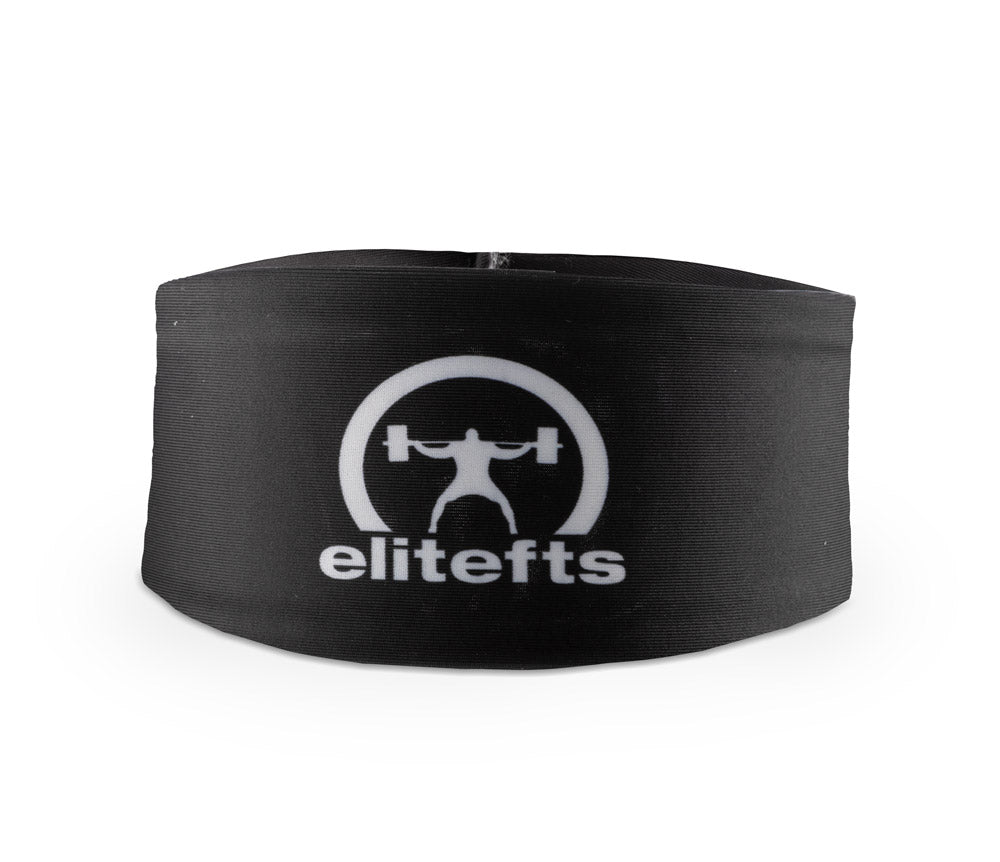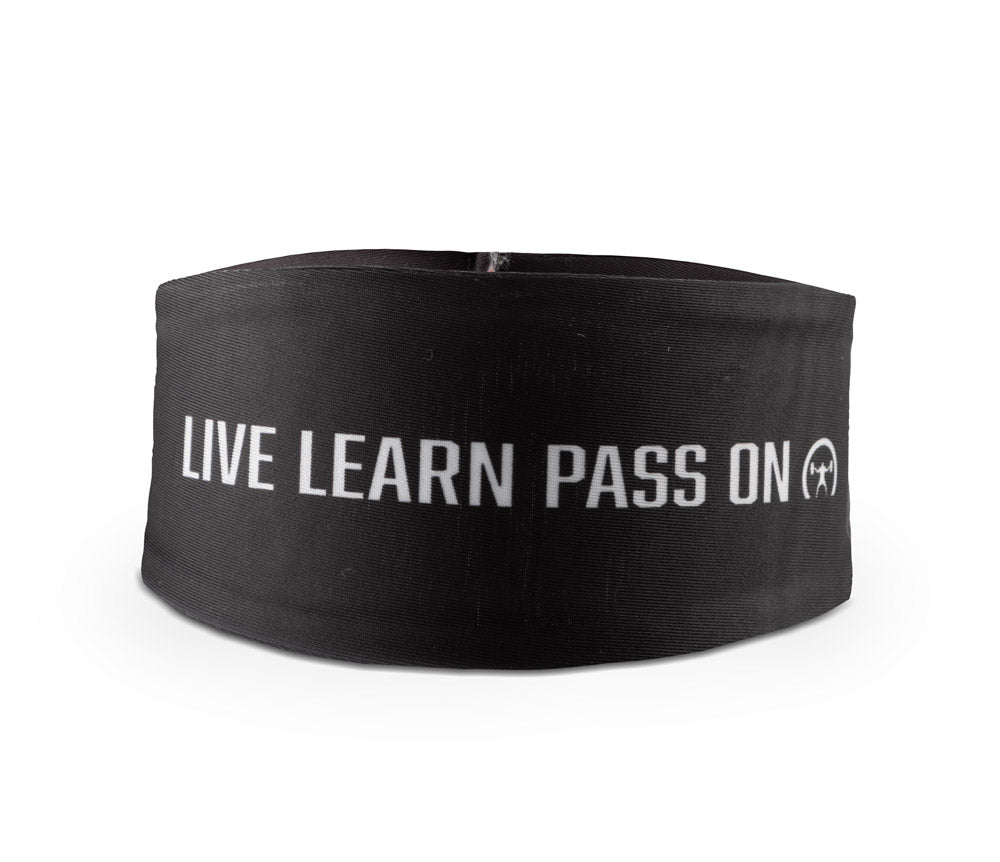
The topic of today's Table Talk with special guest Dan Green is deadlift lockout. As one of the most misunderstood problems in powerlifting, a poor deadlift lockout has held back many great lifters. Go to a local powerlifting meet and, likewise, you will see many beginner lifters miss their deadlifts at the very top of the movement. What's the problem? Is it simply a strength issue? In this video, Dave and Dan share tips to overcome lockout woes and build a better deadlift.
WATCH: Table Talk with Dan Green — How to Choose Secondary and Accessory Training Movements
Dan begins by saying that most lifters fall into the trap of thinking that they missed a deadlift simply because they didn't pull hard enough or because they weren't strong enough in their glutes or their lower back. Dan says that this is a mistake. To demonstrate why, he talks about two ways people usually miss on a deadlift: right off the floor or at lockout. Often times the same issues cause both; a lot of lifters use poor technique and let themselves pull out of position from the floor, which in turn makes it nearly impossible to lock out the lift at the top. Your hips can only finish the lockout if they stay in position the whole way through the lift. If you're out of position and can't engage your hips because of it, improving your strength will not solve the issue. If it's a hip position issue, pulling from blocks with the weight elevated a few inches from the floor is the best way to teach your hips to engage. This will help you learn to stay in the position you need to be in throughout the entire pull. If it really is just a strength issue at lockout and your hips are in the proper position, any movement that specifically trains the glutes, hamstrings, and lower back will help: deficit deadlifts, stiff-leg deadlifts, Romanian deadlifts, etc. Dave offers similar advice. He shares that almost every time he watches a lifter miss a deadlift near the lockout, the problems arose during the setup. When lifters set up poorly and don't lock in their technique from the very start, they almost always miss the lift. This means you need to first look at technique and find your best way of deadlifting. This does not mean to try to emulate the technique of your favorite, strongest lifter. Your body leverages determine what your best setup and technique is, and trying to adopt the setup and technique of a lifter with an entirely different body type will always end in failure. As a final point on the topic of hip positioning, Dan talks about Pete Rubish and the progression of his deadlift lockout over time. Pete has been a great deadlifter for a number of years, but more recently Pete has improved his tightness and technique off the floor, which has resulted in staggering increases in his deadlift. Pete was a monster already and now he's back on an 18-month period of rapid increases in his deadlift numbers, in large part due to the fact that he improved his technique at the bottom of the pull, which in turn improved his lockout.


















































































